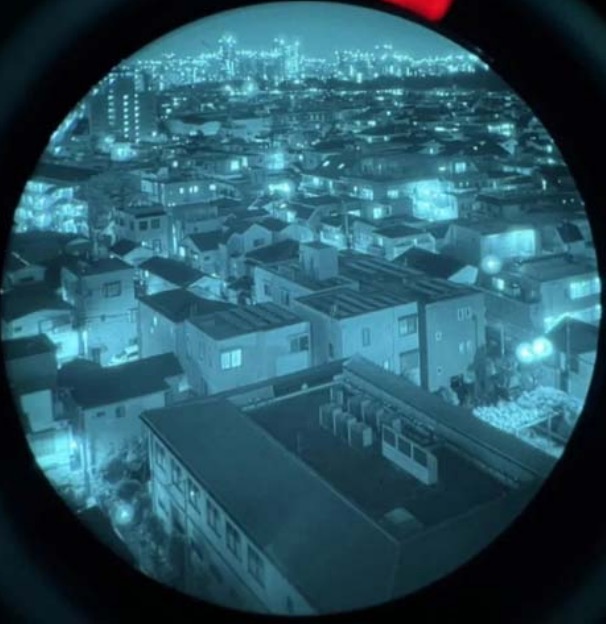The main differences between infrared thermal imaging and low light imaging
The differences between infrared thermography and low-light imaging are as follows:
1. Imaging Principle:
Infrared Thermography:It captures the infrared radiation emitted by objects and converts it into visible images. All objects above absolute zero emit infrared radiation, which can be detected and used to create a temperature distribution map, displaying the thermal image of the object. This technology does not require external light sources and can work in completely dark environments.
Low-light Imaging:It relies on amplifying extremely weak ambient light, such as moonlight or starlight. Through photomultiplier tubes or image intensifiers, these lights are amplified thousands of times, allowing people to see clear images in dim environments. Unlike infrared thermography, low-light imaging cannot work in completely lightless environments.
2. Imaging Effects:
Infrared Thermography:Displays the temperature distribution of objects, with images typically represented in different colors for different temperatures.
Low-light Imaging:Displays enhanced grayscale images, similar to the visual effects during the day.
3. Usage Environment:
Infrared Thermography:Suitable for completely dark environments and not limited by lighting conditions.
Low-light Imaging:Performs best in conditions with some natural light and is limited in performance in completely dark environments.
4. Application Scenarios:
Infrared Thermography:Appropriate for occasions where object temperature detection is needed or in completely dark environments.
Low-light Imaging:Suitable for situations where clear identification of object contours and details is required, especially in environments with faint natural light.
5. Technical Limitations:
Infrared Thermography:May have difficulty distinguishing objects of the same temperature in some cases.
Low-light Imaging:Cannot function properly in completely lightless environments.
6. Penetration ability is different:
Infrared thermal imaging technology:has a stronger ability to penetrate fog, haze, rain and snow, and therefore works over a longer distance.
Low-light Imaging technology:is affected by ambient light, the penetration ability is not as good as infrared thermal imaging.
7. Different anti-interference ability:
Infrared thermal imaging technology:is not easy to be outside the light source interference
Low-light Imaging:may be subject to strong light interference, with halo phenomenon
8. Cost and maintenance:
Low-light Imaging device image:is clear, small size, light weight, low price, easy to use and maintenance
Infrared thermal imaging:can be more costly and maintenance intensive.
9. Infrared thermal imaging images and low light imaging images
low light imaging images:

Infrared thermal imaging images:
(This measurement targets a distance of 10473m from the object)







